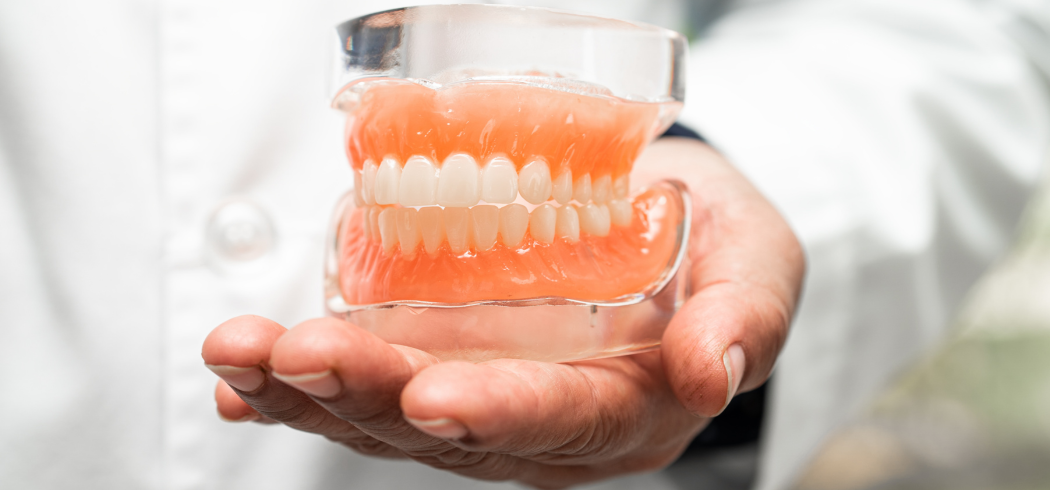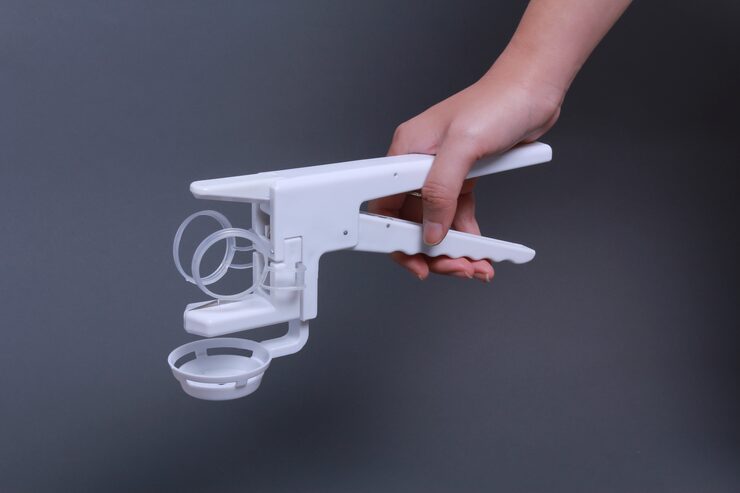
Maintaining good dental health goes beyond a dazzling smile; it significantly influences our overall well-being. Healthy teeth contribute to proper digestion, clear speech, and a confident appearance.
Dental bridges and implants are two common options for replacing missing teeth. In this blog, we’ll explore the details of each, helping you make an informed decision about your dental care.
We’ll explore the definition, types, procedures, and comparisons between dental bridges and implants. Additionally, we’ll weigh the pros and cons of each, providing insights from experts and real-life experiences to guide you in making the right choice.
Understanding Dental Bridges
Dental bridges are prosthetic devices designed to bridge the gap created by missing teeth. They restore functionality and enhance aesthetics, giving you a complete and natural-looking smile.
Types of dental bridges
1. Traditional bridges: These are the most common type, involving a pontic (artificial tooth) held in place by dental crowns on adjacent natural teeth.
2. Cantilever bridges: Suitable when there’s only one adjacent tooth to anchor the bridge. These are less common due to potential stress on the supporting tooth.
3. Maryland bridges: Also known as resin-bonded bridges, they use metal or porcelain framework bonded to the adjacent teeth, minimising the need for crowns.
4. Implant-supported bridges: These bridges rely on dental implants for support, providing a stable and long-lasting solution.
Procedure for getting a dental bridge
1. Initial consultation and evaluation: Your dentist assesses your oral health and discusses the most suitable type of bridge based on your specific needs.
2. Tooth preparation and impressions: If getting a traditional or cantilever bridge, the adjacent teeth are prepared, and impressions are taken for bridge fabrication.
3. Fabrication and fitting of the bridge: The bridge is custom-made in a dental laboratory, ensuring a precise fit and natural appearance.
4. Placement and adjustments: The final bridge is affixed, and adjustments are made to ensure proper bite and comfort.
Exploring Dental Implants
Dental implants are artificial tooth roots surgically placed into the jawbone to support prosthetic teeth. They mimic the natural tooth structure, offering a stable and durable solution.
Components of a dental implant
1. Implant post: This titanium post is surgically inserted into the jawbone, serving as the foundation for the replacement tooth.
2. Abutment: The connector between the implant and the prosthetic tooth, positioned above the gum line.
3. Crown or prosthetic tooth: The visible part of the implant, resembling a natural tooth in shape and colour.
Procedure for getting a dental implant
1. Initial assessment and treatment planning: Detailed examinations and imaging help determine the suitability of implants and plan the treatment.
2. Implant placement surgery: The implant post is surgically inserted into the jawbone, and the gum is stitched for healing.
3. Healing period (osseointegration): The jawbone fuses with the implant post, creating a strong and stable foundation.
4. Attachment of the abutment and crown: Once fully healed, the abutment and prosthetic tooth are attached, completing the implant.
Comparing Dental Bridges and Implants
A. Longevity and durability: Dental implants typically offer a longer-lasting solution compared to bridges, as they integrate with the jawbone for enhanced stability.
B. Maintenance and care requirements: Bridges may require special care to prevent damage to supporting teeth, while implants can be cared for like natural teeth.
C. Aesthetic considerations: Both bridges and implants provide aesthetically pleasing results, but implants offer a more natural look and feel.
D. Bone and gum health implications: Implants stimulate the jawbone, preventing bone loss, while bridges may not address this concern.
E. Cost factors: Bridges are generally more cost-effective upfront, but implants may be a better long-term investment due to their longevity.
F. Suitability for different dental situations: The choice between bridges and implants depends on factors like the number of missing teeth and the condition of the jawbone.
Advantages and Disadvantages of Dental Bridges

Pros
1. Faster procedure compared to implants.
2. Cost-effective option for some patients.
3. Reversible procedure.
Cons
1. Dependency on adjacent teeth for support.
2. Potential for bone resorption over time.
3. Limited lifespan compared to implants.
Advantages and Disadvantages of Dental Implants
Pros
1. Long-term solution with potential for lifelong durability.
2. Preserve bone health and facial structure.
3. No impact on adjacent teeth.
Cons
1. Lengthy treatment process with multiple stages.
2. Higher initial cost compared to bridges.
3. Not suitable for everyone (e.g., inadequate bone density).
Expert Opinions and Recommendations
Seeking professional advice is crucial for personalised treatment plans tailored to your specific needs. Real-life experiences provide valuable insights into the practical aspects of choosing between bridges and implants. Every case is unique; discussing your options with a dental professional ensures a tailored approach for optimal results.
Conclusion
Understanding the distinctions helps you make an informed decision about the most suitable tooth replacement option for you. Armed with knowledge, you can actively participate in discussions with your dentist and make decisions aligned with your preferences and priorities.
Ultimately, your dentist is your best resource for crafting a dental care plan that suits your individual needs and ensures a healthy, confident smile.
Follow us on Instagram.




